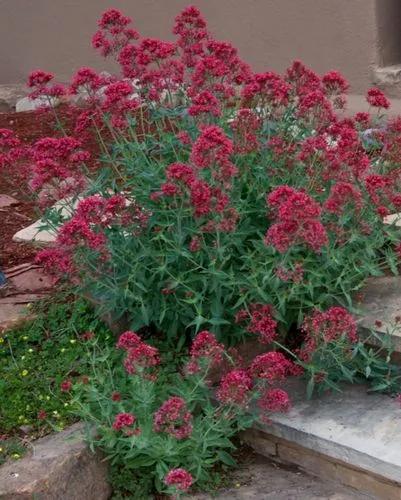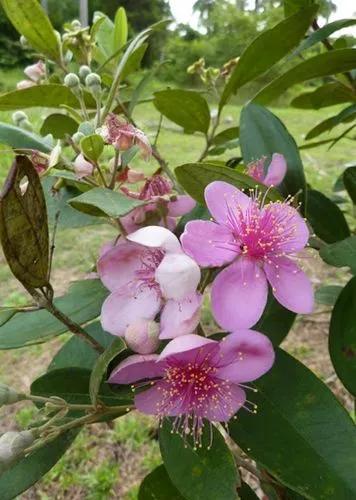Known as Campanula rapunculoides in botanical parlance, and unlike its more tame Campanula garden cousin, this lovely little plant with the pretty purple blooms is actually a burly thug that can create absolute havoc for unsuspecting gardeners. If it’s too late and this invader has already taken over your landscape, read on to learn about removing creeping bellflowers.
Rover Bellflower Care
Campanula Rapunculoides



How to Care for the Plant

Water

Like every other plant, the bell flower requires regular watering. High bell flowers should be watered more often. The bell flower requires especially within the main growth period as well as the flowering period a sufficient amount of water, the soil should furthermore be kept moist. It is of prime concern to ensure that no soil wetness at the roots occurs in order to prevent rot, e.g. by placing drainage in the bed or in the case of buckets or flower pots a trivet.

Pruning

The cutting of bell flower is possible, but not necessary. Provided that the plants in for instance a bucket reach unforeseen heights, some shoots can be removed.

Fertilizer

By adding standard fertilizer, the bell flower can be strengthened in its structure and the flowering process. Depending on the size and the growth rate, the plants are being fertilized every two weeks or once a month.

Sunlight

Perennial bell flowers flourish outside and nearly every location which is airy and bright. The plants are, depending on the variety, happy with a sunny or half-shady spot.

Soil

Bell flowers require, depending on the variety, soil which is more or less moist. Many bell flowers accept a loosened ground which is low in clay and humus. Ordinary planting soil can be used for indoor plants. Important in this case is a proper drainage in order to avoid water logging at the roots.

Temperature

As the bell flower is frost-sensitive, it is recommended to get them inside and put them in a cool spot at the beginning of September for the purpose of hibernation. The temperature should lie around 10°C, as otherwise they will sprout too early when it’s warm.

Popularity

1,554 people already have this plant 260 people have added this plant to their wishlists
Discover more plants with the list below
Popular articles






